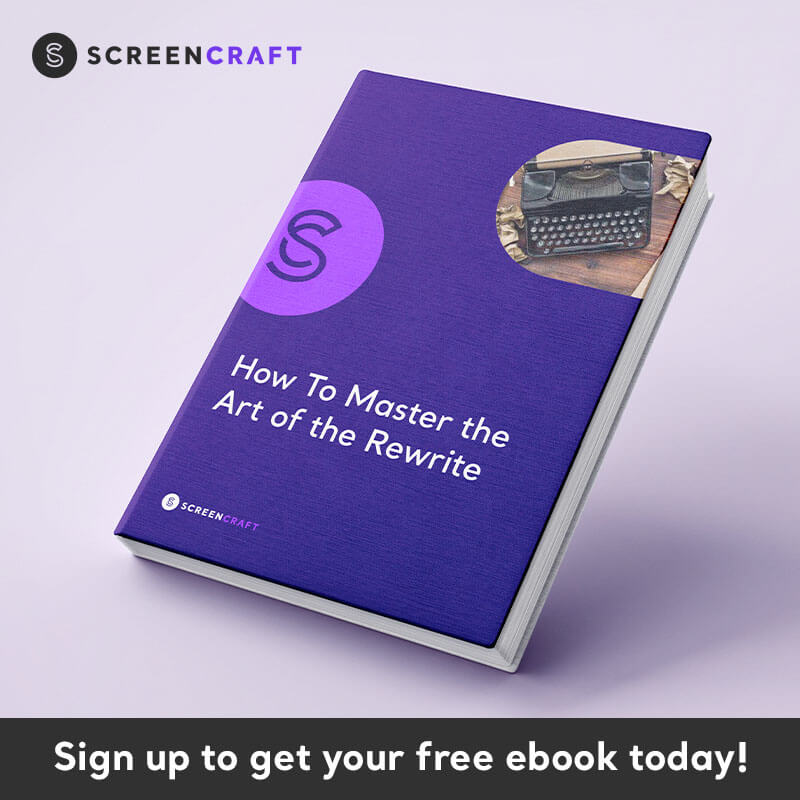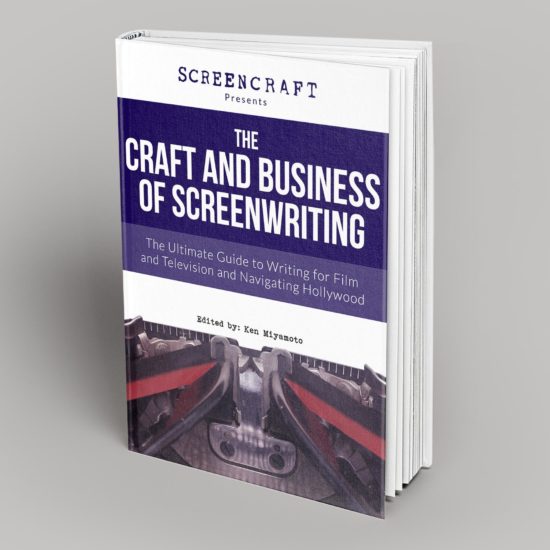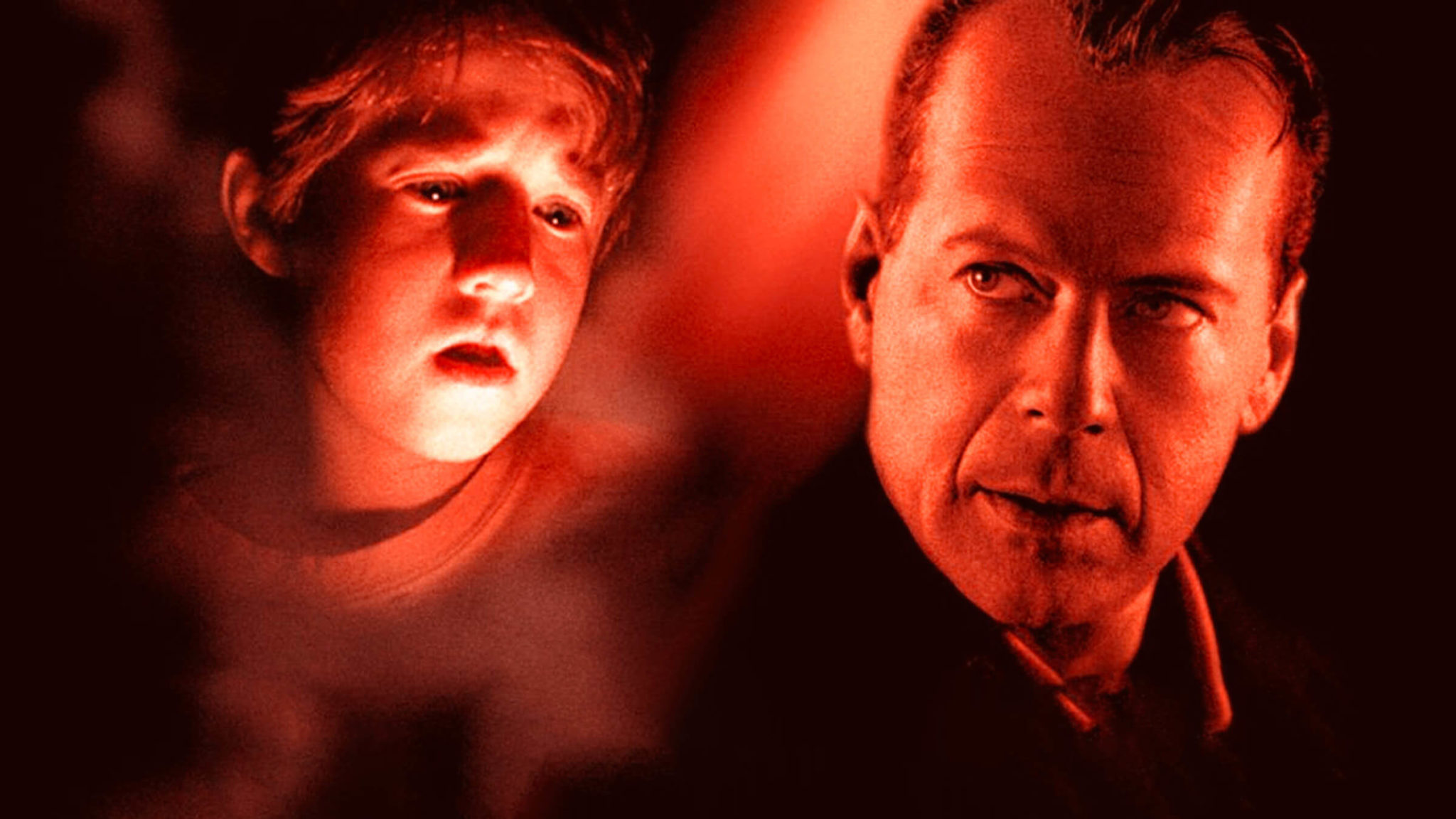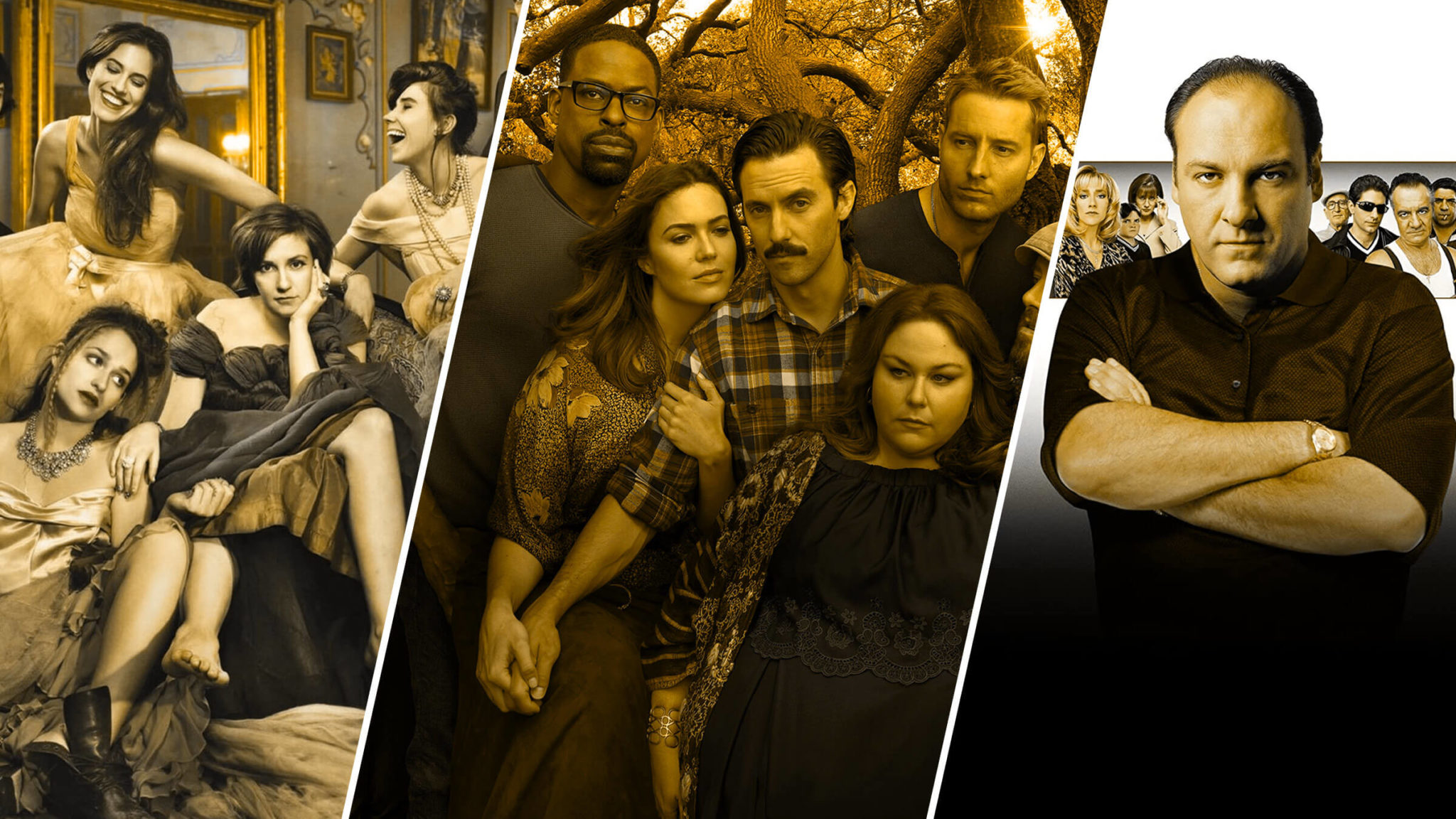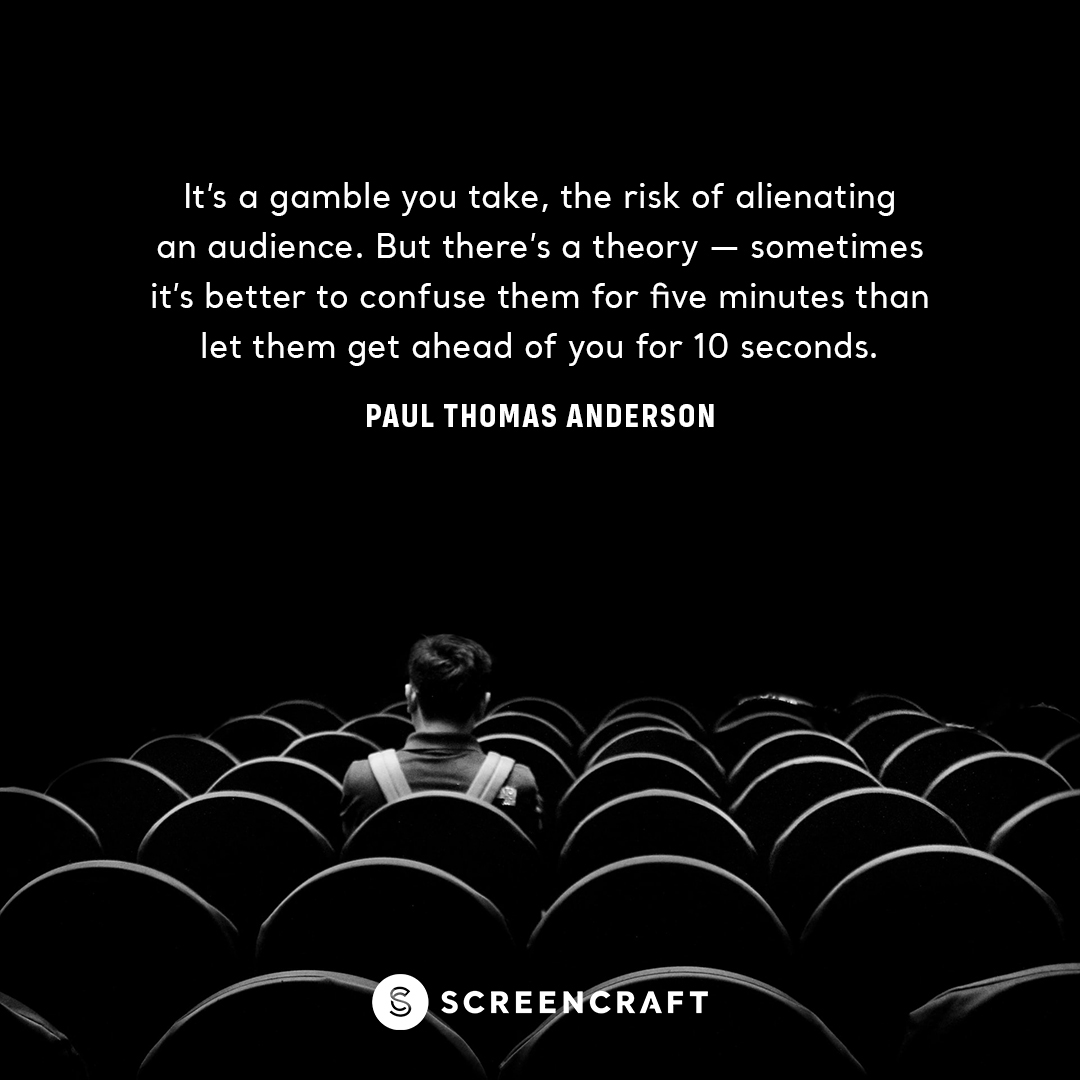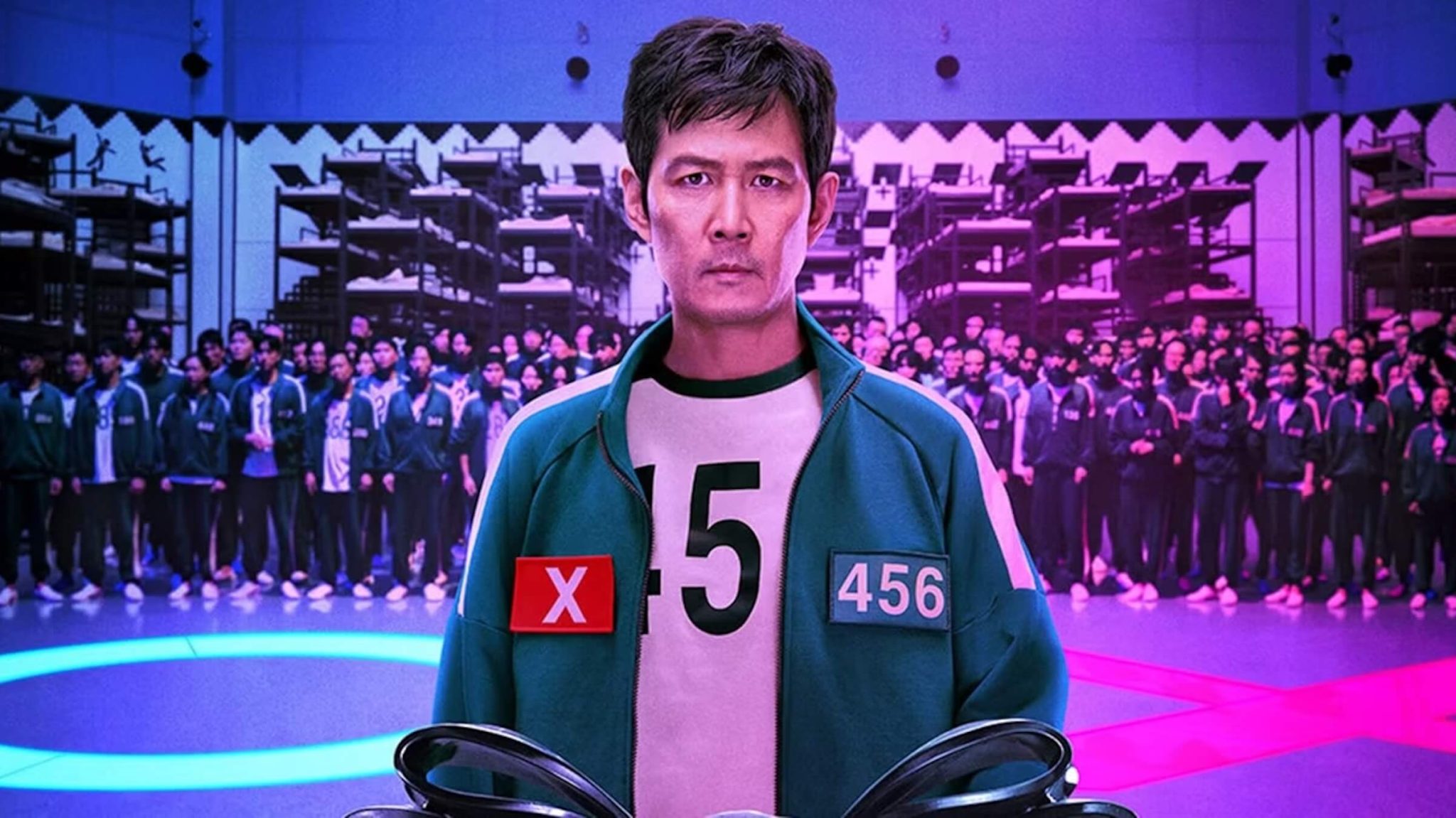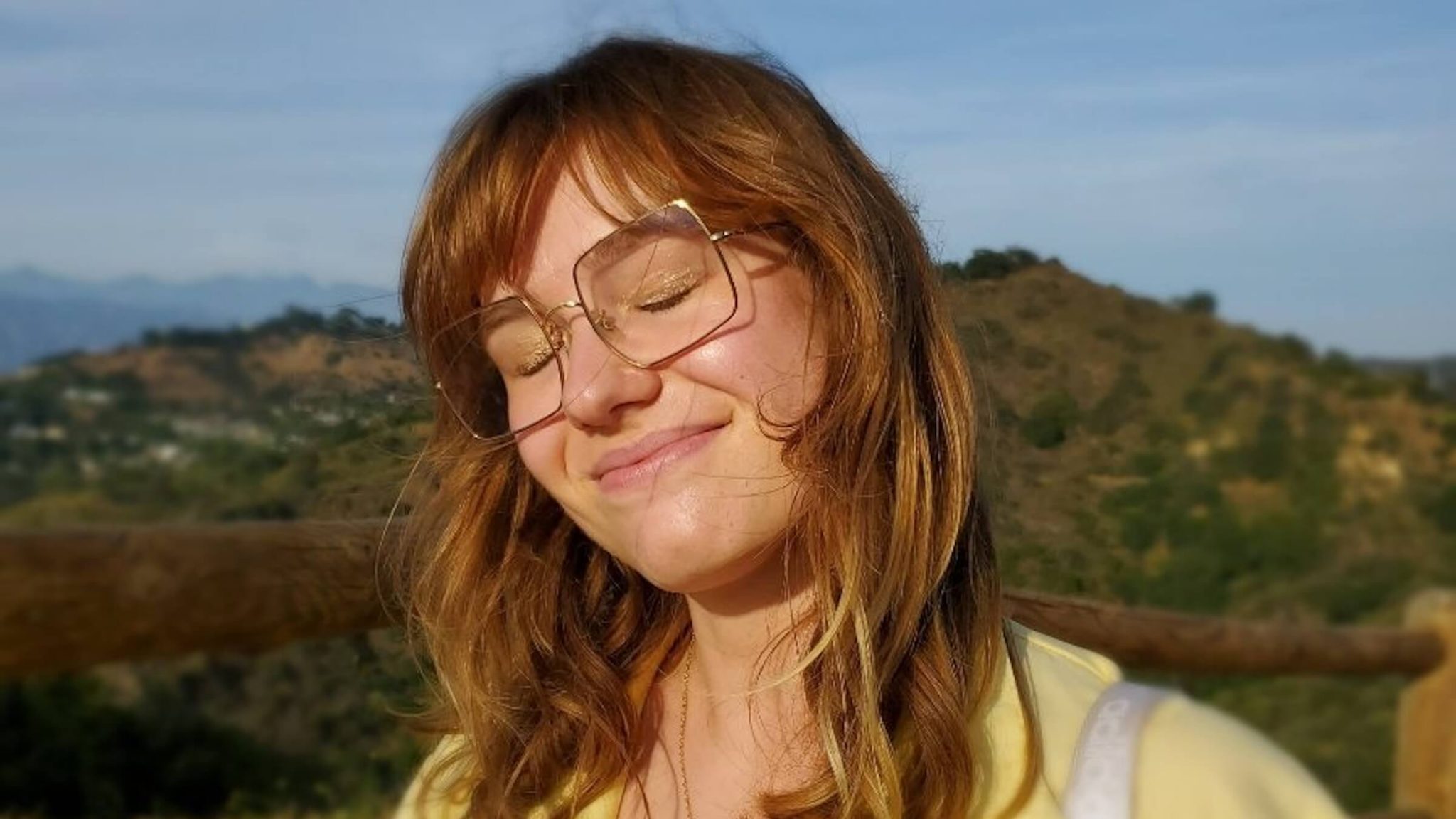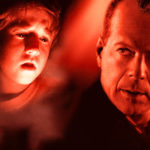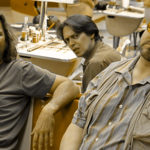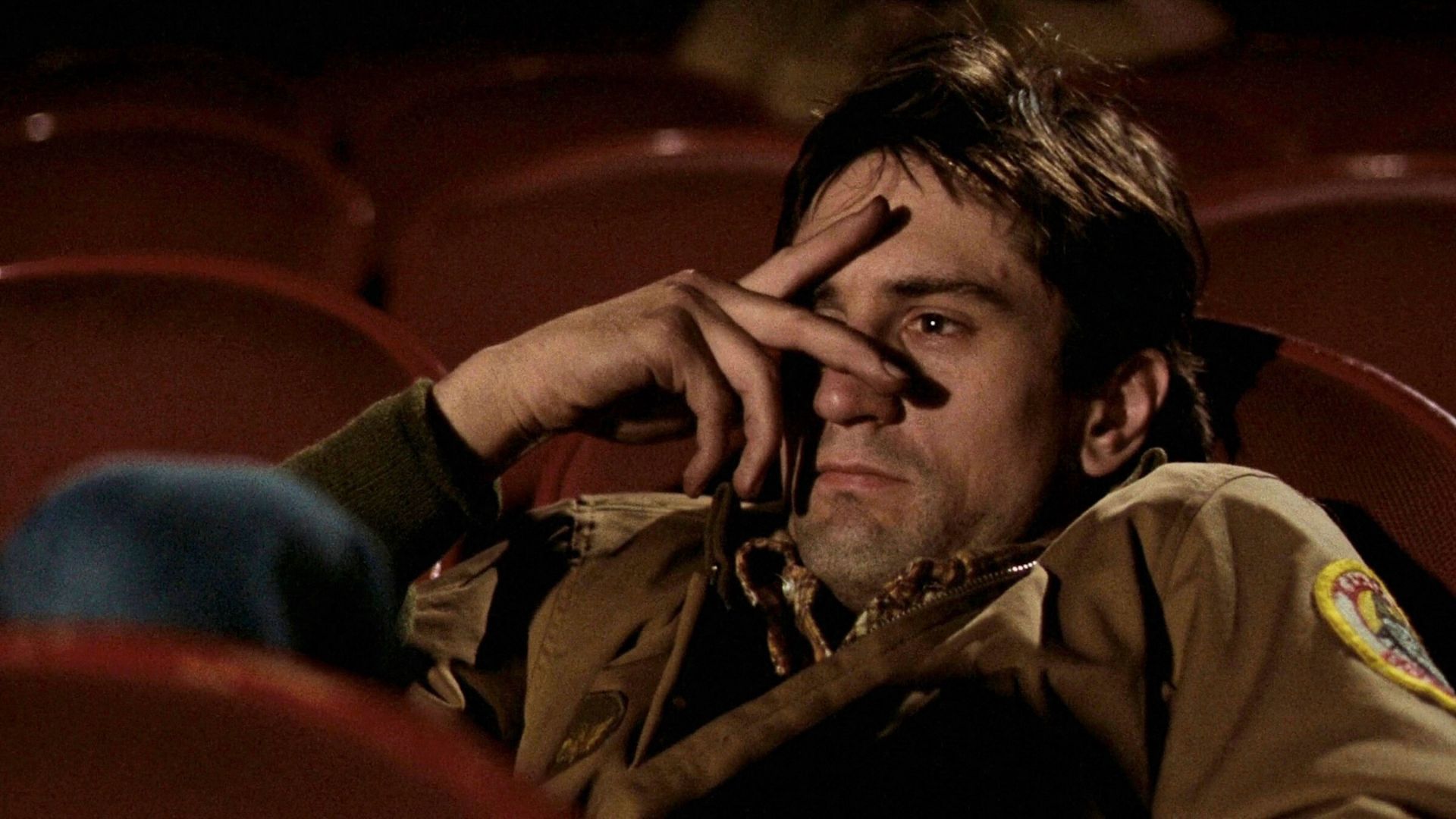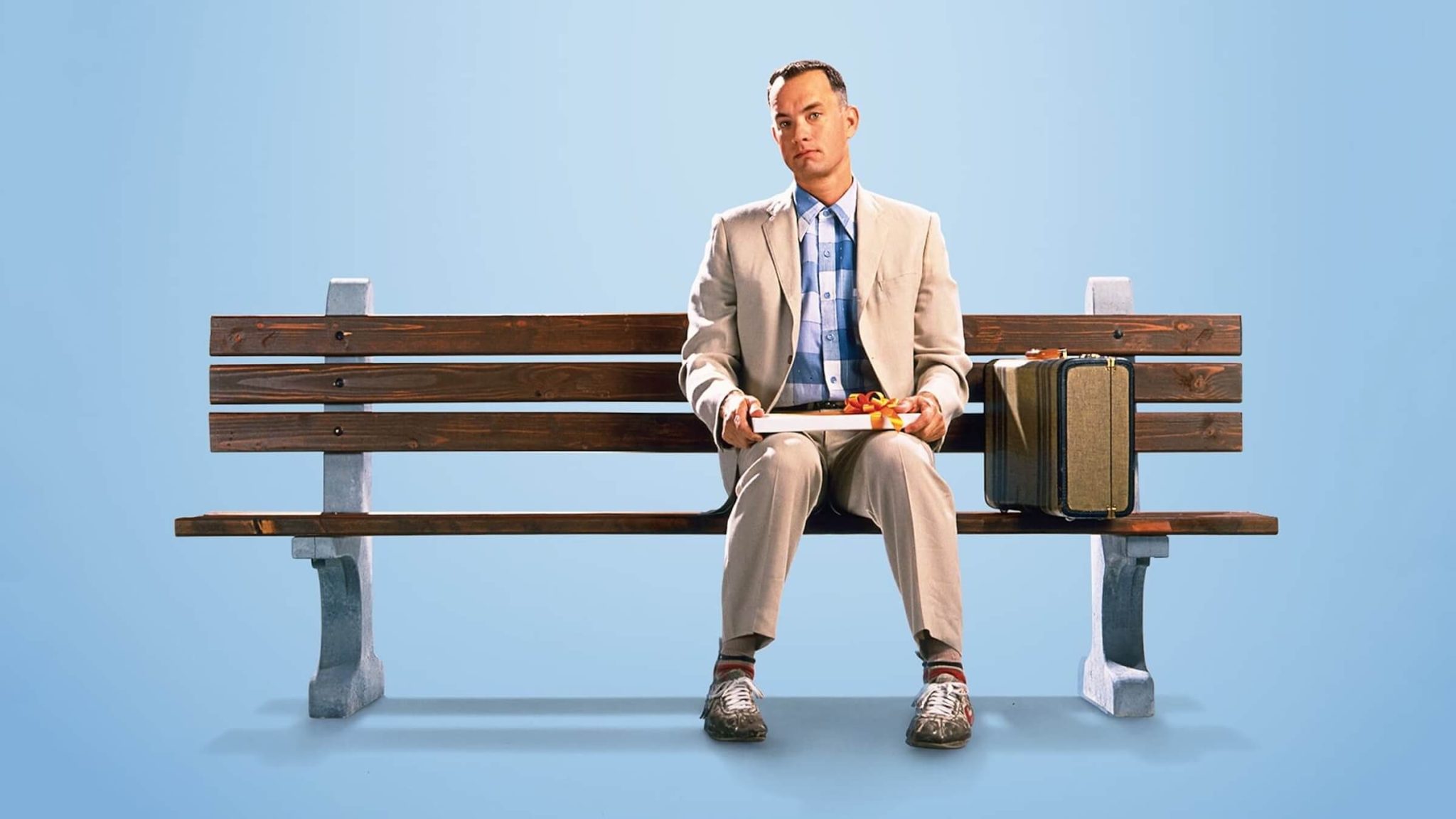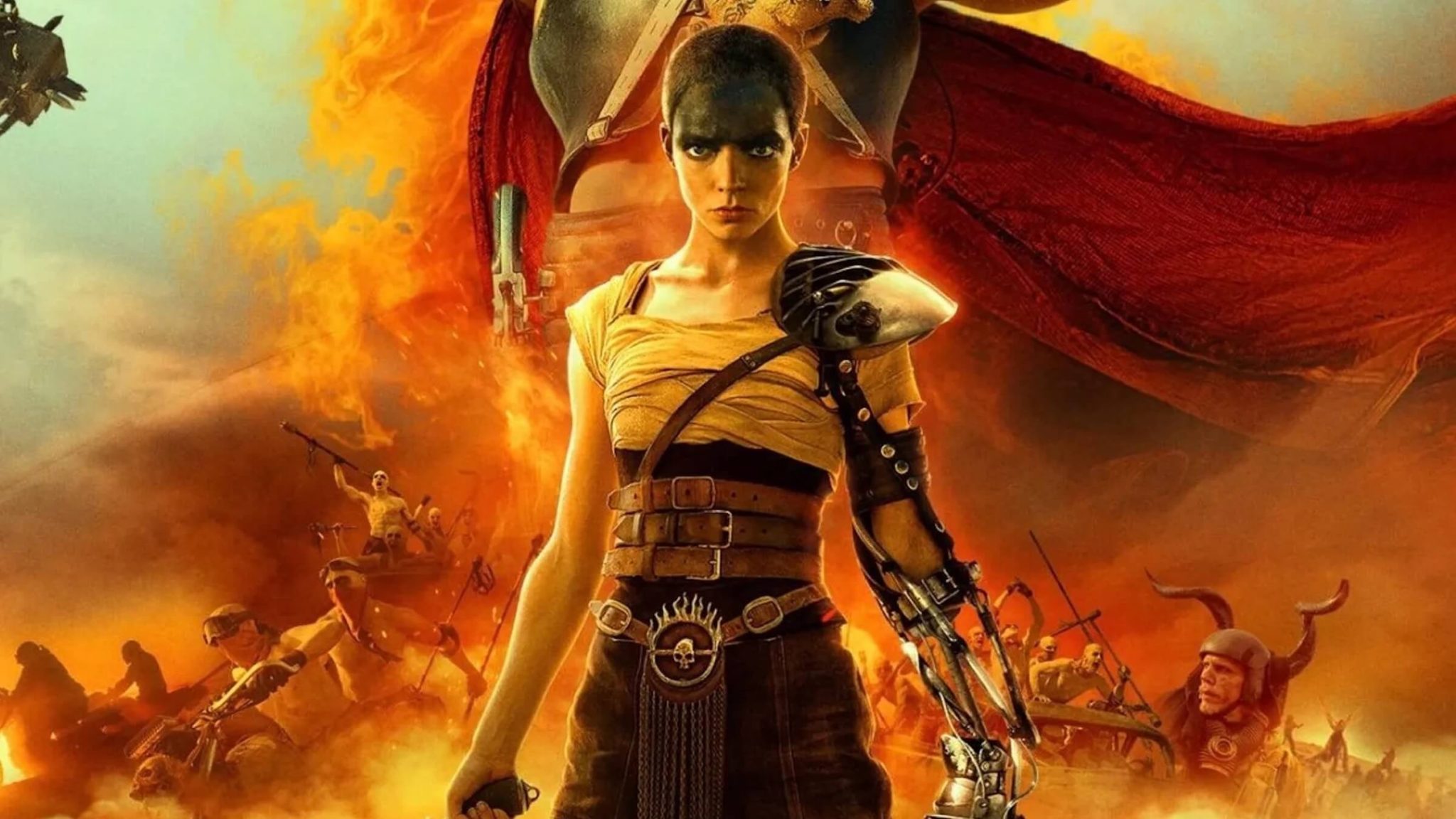
Roger Corman is a legendary American director and producer known as a trailblazer in the world of independent film. Corman began to direct films in the mid-1950s, and in his early period he produced up to nine movies a year. In total, Corman has a mind-boggling 400+ produced credits.
His greatest acclaim as a director came with a series of films based on the works of Edgar Allan Poe, released between 1959 and 1964. Then, in the late 1960's, Corman and his films gave a voice to the counter culture of the era. In 1966, Corman made the first biker movie, The Wild Angels, which opened the 1966 Venice Film Festival. In 1967, The Trip, written by Jack Nicholson, began the psychedelic film craze of the late 1960s, and was the American entry at the Cannes Film Festival that year.
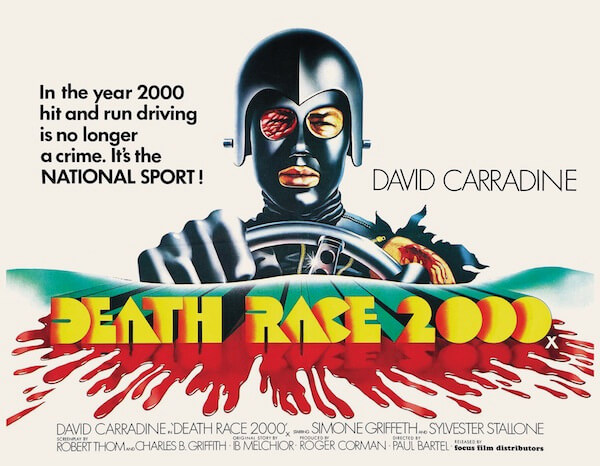
In 1970, Corman founded New World Pictures which became a small independently-owned production/distribution studio, making many cult films such as Women in Cages (1971), Death Race 2000 (1975), Rock 'n' Roll High School (1979), Galaxy of Terror (1981), Children of the Corn (1984), and the Joe Dante film Piranha (1978). The distribution side of New World brought many foreign films to mass audiences in the U.S. for the first time, including the works of Ingmar Bergman, François Truffaut, Federico Fellini, and Akira Kurosawa. In a ten-year period, New World Pictures won more Academy Awards for Best Foreign Film than all other studios combined.
>> Get even more: Screenwriting Advice from Akira Kurosawa
At a recent event honoring Corman, he proved to be an eloquent and entertaining storyteller even in his 90’s. He recounted one indie filmmaking anecdote after another, each bearing valuable lessons for any filmmaker.
Recognize opportunities
Early in his career Corman recognized an opportunity to target an audience that the studios were ignoring: teenagers.
“It just seemed to me that the studios didn’t understand part of the market. They were making their movies with very big stars…. say, a love story with a 50-year-old leading man making love to a 40-year-old leading lady, and the audience was 16, 17, and 18. And I thought, ‘They are missing the point.'”
So Corman began focusing on an audience of teens and 20’s. He was making movies independently, so his budgets were small. But he knew his target and he used his resources with that in mind.

“I not only appealed to a young audience, I used young actors. With the amount of money I had, I had a choice between a sort of B-picture star or fading star, or an unknown who I could hire. And I chose to go the route of the unknown to get young actors that I thought were good and had potential. First was an actor who played a few supporting roles, Charlie Bronson. He played Machine Gun Kelly for me, a picture I shot in 10 days.”
Surround yourself with talented people
Never one to follow the crowd, Corman seized any opportunity to work with the most talented people he could.
“On my very first picture, a cameraman – now called a Director of Photography – Floyd Crosby was recommended to me. The Black List was fading, so a cameraman like Floyd was able to sometimes do work for the studios, and then would be unemployed for a while. He was nominated for an Academy Award for a classic Western, High Noon. But after that Floyd was unemployed. So I immediately hired Floyd and he and I worked together until he retired. He was making a big picture and then making a little picture for me.”
Corman was so good at spotting talent that the list of people he gave career-starts to is staggering.
“[There] was Jack Nicholson, who I’d met in an acting school. Because I felt I had learned the technical aspects of directing but I didn’t know enough about acting. And yes there were a number of other people. You have people like [Peter] Fonda, Dennis Hopper, Bruce Dern, Bill Shatner, a number of others.”
>> Learn to love the collaboration: How Actors Help Make Your Script Better
In addition to the actors, Corman opened the door for many filmmakers as well. You may have heard of some of them: Francis Ford Coppola, Martin Scorsese, Ron Howard, Peter Bogdanovich, James Cameron, and many, many more. Most of them he gave smaller jobs first to test them out. Because talent is part of the equation, but hard work is equally as important. Corman let young filmmakers earn his trust, and those who did were given more and greater opportunities.
Keep your spark... and your sense of humor

Corman has survived the many changes in the film industry through sheer tenacity and a keen understanding of the intersection of art and commerce. And amazingly, he has never lost his passion for the business. Even after having made so many films over the years, Corman exudes a rare delight for the process of filmmaking -- as well as a sense of humor about it all.
“The main thing is, I love making pictures. I love the process of making motion pictures. I intend to continue as long as I live.”
“My favorite part really is at the beginning. The inception. Coming up with the original idea. It is the most important part of making a motion picture. And the most creative. From there on in, it’s almost all downhill.”
Tags
Get Our Screenwriting Newsletter!
Get weekly writing inspiration delivered to your inbox - including industry news, popular articles, and more!

